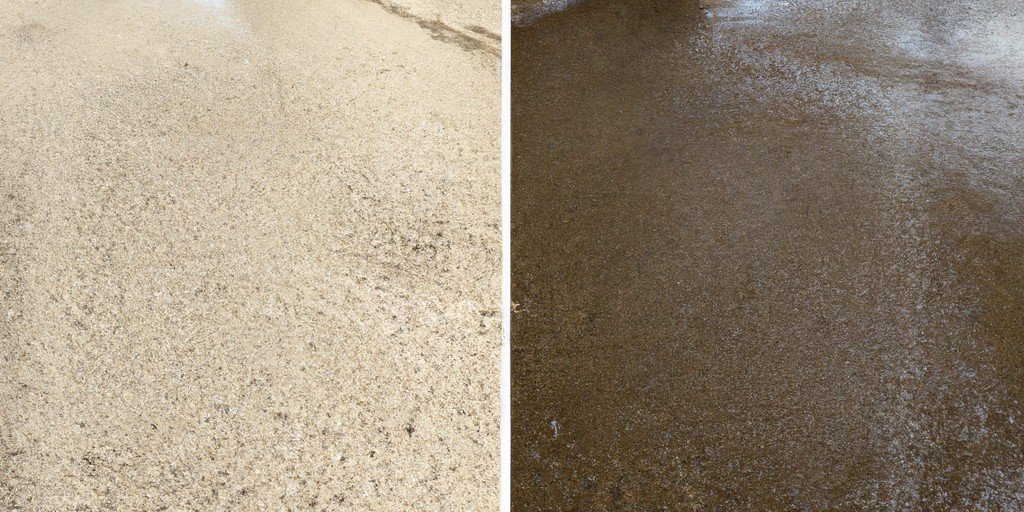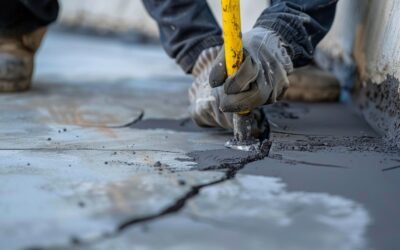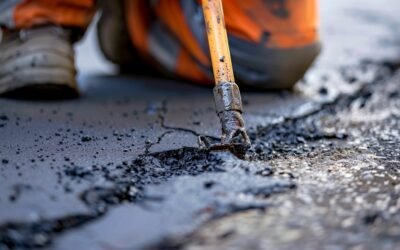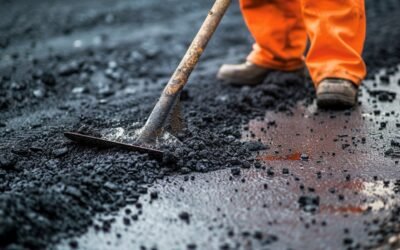If you have unfinished floors or are planning to add flooring to your building, it’s important to learn how they should be sealed. Sealing your floors has a number of benefits, including protecting them from damage, preventing dirt and spills from penetrating the surface, making them easier to clean, and improving their appearance. In order to get the most out of your floor sealer, it is important to choose the right type for your needs. There are a variety of different types of sealers available on the market today, each with its own unique set of benefits. In this article, we will discuss the different types of concrete floor sealers available and how to use them.
Table of Contents
What is flooring sealer?
A floor sealer is a liquid that is applied to the surface of a floor in order to protect it. Sealers provide a barrier between the floor and the outside world, preventing dirt, spills, and other damage from penetrating the surface of the floor. There are different types of sealers available for different types of floors, so it’s important to choose the right one for your needs.
What type of flooring do you have?
There are three main types of floors: porous, non-porous, and semi-porous. Porous floors are made from materials like stone or concrete, which absorb liquids. Non-porous floors are made from materials like glass or metal, which do not absorb liquids. Semi-porous floors are made from materials like wood or laminate, which absorb some liquids but not others. Depending on the type of floor you have, you will need a different type of sealer.
Types of sealers:
Initial use sealer
An initial-use sealer is a type of sealer that is applied to a floor as the first step in its protection. Initial-use sealers are designed to create a barrier between the floor and the environment, preventing damage from occurring in the early stages of use. They are typically used on floors that are new or have just been installed and flooring that is made from very porous material.
Regular use sealer
A regular-use sealer is a type of sealer that is applied to a floor on a regular basis in order to protect it from damage. They are typically used on floors that are already in use and have been subject to wear and tear.
Restorative sealer
A restorative sealer is a type of floor sealer that is used to restore the protective barrier on a floor that has been damaged. Restorative sealers are typically used on floors that have been previously sealed but have since worn away or been damaged. They are designed to rebuild the protective barrier on the floor and protect it from further damage.
Do concrete floors need to be sealed?
Concrete floors need to be sealed in order to protect them from damage. Concrete floors are susceptible to a variety of damage, including staining, cracking, and chipping.
There are a few places that typically have concrete floors that need sealing. Some common places include: basements, garages, and warehouses
Sealing your floors has a number of benefits, including:
- Protecting your floors from damage
- Preventing dirt and spills from penetrating the surface of your floors
- Making your floors easier to clean
- Improving the appearance of your floors
- Increasing the lifespan of your floors
Types of concrete floor sealers
Different sealers are necessary for different types of flooring material because of the different ways in which they protect the floor. Different sealers also have different finishes such as glossy or matte.
Epoxy
Epoxy sealer is a type of sealer that is specifically designed to protect concrete floors. They are made up of two components: an epoxy resin and a hardener. When the two components are mixed together, they create a surface sealant that is able to protect concrete floors from damage. Epoxy sealers are usually used on concrete floors that are in high-traffic areas or have been exposed to a lot of wear and tear. If your project does not require a penetrating sealer and you’re looking for a long-lasting finish, epoxy sealants are ideal.
Acrylic
An acrylic sealer is a perfect sealer for decorative concrete that isn’t in a high-traffic area. This sealant is also a surface sealant. And though it is also long-lasting a durable, it does not offer the same level of protection as an epoxy sealer. This surface lever sealer is applied as a protective layer to resist water and other substances from entering the surface.
Penetrating
A penetrating sealer is a type of sealer that penetrates the surface of the floor in order to create a chemical barrier between the floor and the environment. Penetrating sealers are typically used on new or recently installed floors in order to protect them from damage. They can be silanes, siloxanes, and silicates – breathable products that allow vapours to escape. They provide protection without changing the appearance of the surface. Penetrating sealers are typically used in outdoor environments to protect against harsh conditions.
Polyurethane
A polyurethane sealer is another type of penetrating sealant. It does not allow moisture vapour to escape which can cause problems for outdoor concrete such as driveways. However, it forms a protective film on the surface that’s twice as thick as an acrylic sealer. They are available in water- and solvent-based versions with glossy or matte finishes and are a great sealant to enhance the look of your flooring.
How to seal a new concrete floor
Once you choose your sealer, it’s important to know the proper application when coating your floor. Before starting, read these steps to help you apply your floor coating to ensure a professional, successful job.
Steps to sealing a concrete floor:
- As mentioned, choose the right sealer for your needs. There are a variety of different types of concrete floor sealers available on the market today, each with its own unique set of benefits. In order to get the most out of your floor sealer, it is important to choose the right type.
- Prepare the surface of your floor for sealing. This includes cleaning the floor and making sure that it is free of any dirt, dust, or other debris.
- Fill in any cracks.
- Ensure the surface is completely dry before applying the sealant.
- For the best results, you might want to test the sealant first to ensure it’s the right finish for your project.
- Apply the sealer to the floor. Sealers are typically applied with a brush or roller.
- Allow the sealer to dry completely. This can take anywhere from a few hours to a few days, depending on the type of sealer that you are using.
- Enjoy your newly sealed concrete floor!
The best coating for a garage floor
One of the most common reasons to coat a garage floor is to protect it from stains and other types of damage. Garage floors are subject to a lot of wear and tear, and they can easily become damaged by oil and other substances. In order to protect your garage floor, it is important to choose the right kind of coating.
Epoxy is a popular choice for people looking for a durable finish for their garage floors. It is a two-part system that provides excellent protection against staining, oil, and other substances. It is also resistant to abrasion and chemical damage. Additionally, epoxy can be applied quickly and easily with a roller or brush.
For extra protection, you can add an additional layer of polyurethane sealant over the epoxy. This will provide an extra layer of protection and help to ensure that the finish remains attractive for a longer period of time.
With the right sealer, your garage floor can be protected from damage while adding a unique look and feel to your space. By following these guidelines, you can easily add years of life to your flooring. If you need help cleaning, repairing, or applying floor coating to any of your concrete floors, contact City Wide today.







